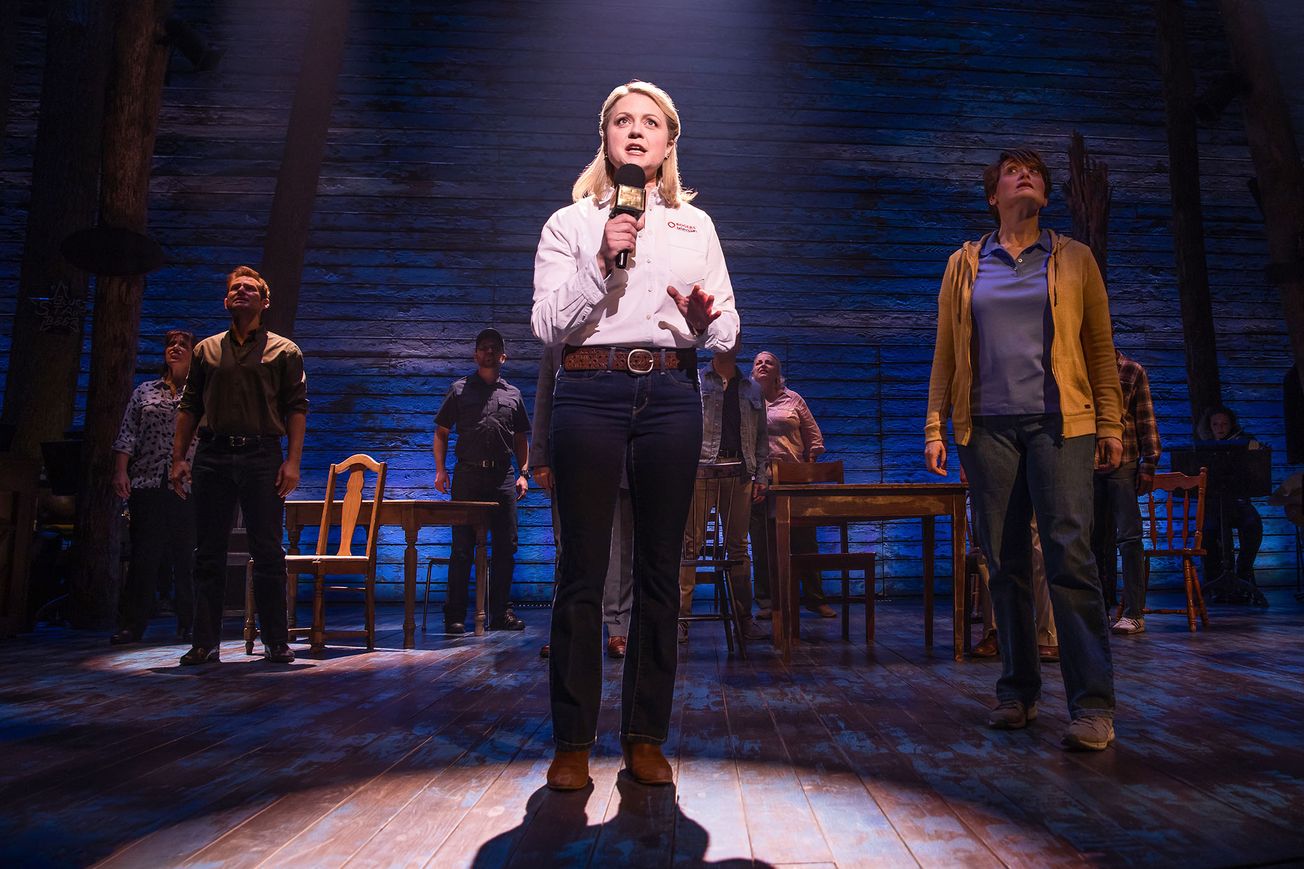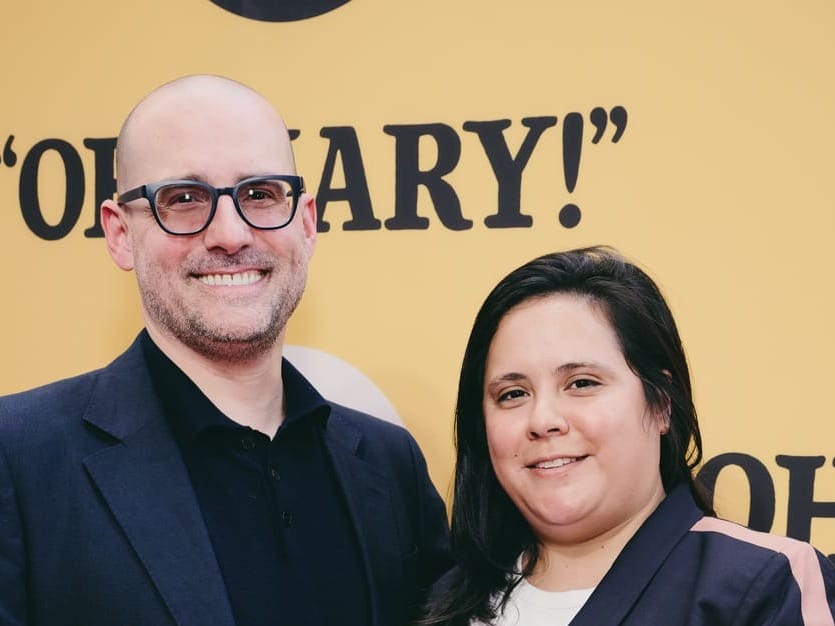No one wants to talk about it, but it could happen: Someone involved in a Broadway production tests positive for COVID-19.
In the run-up to reopening, there’s been significant coverage of the protections and protocols that Broadway shows are putting in place to prevent transmission. But with the delta variant and breakthrough infections continuing to make news, theatergoers and ticket buyers know far less about what Broadway is doing to keep cast, crew and audiences safe in the event that a showperson contracts COVID.
“We have detailed plans based on CDC guidelines that lay out the steps that would be taken in the event a vaccinated employee tests positive,” said Jujamcyn Theaters in a statement. The company owns the venues that house the first two shows to return, “Springsteen on Broadway” and “Pass Over.”
Few on Broadway, however, want to specify their exact plans. There are a couple of reasons for that: On a purely practical level, most Broadway shows haven’t begun performances, and some protective procedures have yet to be finalized as protocols evolve with new data and shifting CDC guidance.
But there’s another, largely unspoken reason for the reticence: Even benign discussion of potential infections is a recognition that a positive test could happen, including to fully vaccinated individuals doing all they can to avoid risk — and no one wants to add fuel to the anxiety of an already skittish industry and the consumers who keep it afloat.
Still, every production has to be prepared in the event of an unavoidable infection. “It’s not that you can necessarily guarantee that you can keep COVID out of the building, even with the best protections,” said Matt Ross, lead producer of “Pass Over.” “For us, the idea is you would catch something very early. We want to prevent transmission within the building.”
Every production’s procedures will be different, based on the scale of the show (large-cast musical vs. small-ensemble play) and the specifics of its points of close contact. All productions, however, must adhere to the health and safety protocols for Broadway and sit-downs as outlined by the agreement between Actors’ Equity Association and the Broadway League (the most recent version of which is dated July 28).
The contract specifies that anyone in a production who is sick or develops COVID-19 symptoms must self-report to the production’s COVID-19 Safety Manager, and that “[a]ny person who becomes ill will be isolated while awaiting evaluation by a licensed health care provider,” which should happen within 24 hours. There are provisions requiring that an employer facilitate access to the necessary provider, and pay any delivery fees incurred by isolating employees (for food, groceries or medication). Enhanced cleanings of the workplace are also mandated in the event of a prolonged, in-building exposure to an individual who developed symptoms or tested positive.
The exact time that a sick employee must isolate is left to guidance from other entities. According to the Equity/League agreement, “A person may return to work consistent with up-to-date public health guidance, including using the CDC’s symptoms-based strategy if symptomatic and time-based strategy if asymptomatic, or otherwise cleared by a medical provider.” Current CDC guidance recommends self-isolation for 10 days after the onset of symptoms or the first positive test result.
At “Pass Over,” the production’s dedicated COVID consultant, Dr. Blythe Adamson, would delve into information obtained from frequent PCR testing (three to six times a week) and from the contact tracing facilitated by the COVID safety manager and the stage management team’s records of work activities.
The “Pass Over” production team also has a variety of testing kits on hand, including the resources to collect samples for a full respiratory panel, which would help them differentiate COVID from allergies or the flu.
“Really then the questions are: How many hours might someone have been in the building while they were potentially infectious with COVID? Were they wearing a KN95 mask that entire time? Did they take it off to eat?” said Adamson, a former member of the White House COVID task force. “Answers like those allow us to isolate the number of potentially infectious hours.” The pools of exposures are limited, too, by the show’s testing bubbles, organized by where in the building people work and with whom they come in close contact.
For privacy purposes, only a small number of people involved in the production should know the identity of the person testing positive. But in general, Adamson said she recommended as much transparency as possible about a potential exposure.
“A really important part of responding to a positive case is a clear communication plan to everyone who had been in the building,” she explained. “What is the important information that should be shared so that everyone knows how to respond?”
In the event of a cluster of cases, virus sequencing can be used to determine whether two sick individuals have each caught a separate strain of COVID outside the workplace, or if their strains are similar enough to suggest the possibility of in-building transmission. The latter represents one of the cases that would put “Pass Over” on pause, according to Ross.
The show could also go dark if circumstances meant that the production didn’t have someone to cover a particular role, either onstage or off. In order to avoid that, most productions on Broadway intend to have more understudies and backup crew members available than they would have pre-pandemic. “Pass Over,” for instance, has a total of three understudies, one more than the required minimum of two.
“We also got an early start on training crew backups,” Ross said. For several critical roles backstage — like props or sound mixing or other key functions — “we started right away doing the work where people shadow the crew members they’re supporting, based on where we need subs for the show to go on.”
With everyone on heightened alert and any sign of sickness prompting caution, absences seem bound to happen. Audiences won’t always know when they’ve happened, or why.
“The only reason to disclose if we’ve had a COVID case within the production is if it interferes with our ability to continue with a performance, or if it poses a danger to public health,” Ross said. But he’s braced for the questions that will come every time an understudy goes on.
He already knows that at various points, some of the actors in “Pass Over” will miss performances due to prior professional commitments. “I’m already waiting for the calls about it,” Ross said.


























































